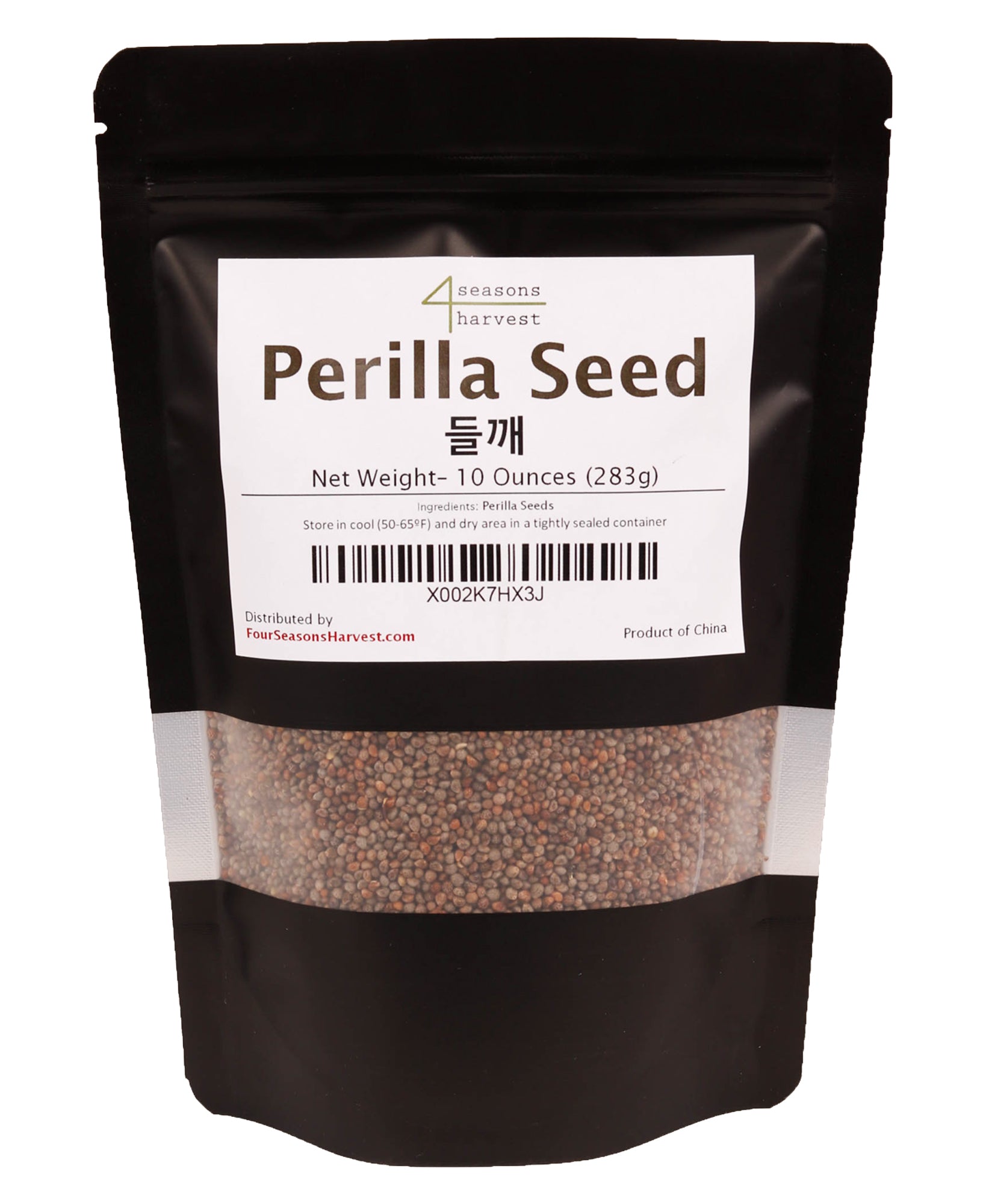- Coughing and wheezing with copious, viscous sputum due to Phlegm obstruction,
with
Fritillaria thunbergii- Zhe
bei mu.
- Coughing and wheezing due to rebellious Qi and Phlegm. Use with
Pinellia
ternata- Ban xia and
Cynanchum stauntonii-
Bai qian.
- Constipation due to dry Intestine and rebllious Qi cough, with
Cannabis
sativa- Huo ma ren and
Trichosanthes
kirilowii seeds- Gua lou ren.
1. Coughing and wheezing with copious, viscous sputum due t o Phlegm obstruction.
Use with Zhe bei mu.
2. Coughing and wheezing due to rebellious Qi and Phlegm. Use with Ban xia
and Bai qian.
3. Constipation deu to dry Intestines and rebellious Qi cough, with Huo ma ren
and Gua lou ren.
[1] Barefoot Doctor's Manual- 1977 Prepared
by the Revolutionary Health Committee of Hunan Province. Original Chinese manual-
Victor W. Sidel. Originally published by Dr Joseph Quin and the Fogarty International
centre, Bethdesda (1974). Madrona Publishers Seattle Washington ISBN 0-914842-52-8
[2] [1] A Complete English Dictionary of Medicinal Terms in Chinese Acupuncture
and Herbalism 1981- Henry Lu Chinese Foundations of Natural Health- The Academy
of Oriental Heritage, Vancouver, Canada.
[3] Medicated Diet of Traditional Chinese Medicine- Chief Editor- Hou Jinglun.
Associate Editors- Zhao Xin, Li Weidong, Liu Jianxin, Geng Chun-e, Li Guohua,
Li Shaohua. Geijing. Science & Technology Press 1994. ISBN 7-5304-1735-5/R.
309.
[4] The Chinese Materia Medica A practical English - Chinese Library of Traditional
Chinese Medicine Publishing House of Shanghai University of Traditional Chinese
Medicine. Director Hu Ximing ISBN 7-81010-111-X/R-110
[5] Translation notes from Gary Seiford and Hocu Huhn- NSW College of Natural
Therapies. Sydney Australia (1982).
[6] Chinese Herbal Medicine Materia Medica- Dan Bensky and Andrew Gamble- Eastland
Press 1986 Seattle Washington ISBN 0-939616-15-7
Images
1.
cnseed.org
2.
herbcademy.com
3.
portal.taodaservas.com.br
4.
[1]
5.
food.lady8844
6.
iplantz.com
7.
fourseasonsharvest.com HABITAT:
HABITAT: Perilla
frutescens.
Perilla
Family: Labiatae
Perilla
frutescens.
Perilla
Family: Labiatae





 HABITAT:
Found growing in sunny and fertile locations or cultivated in gardens.
HABITAT:
Found growing in sunny and fertile locations or cultivated in gardens.